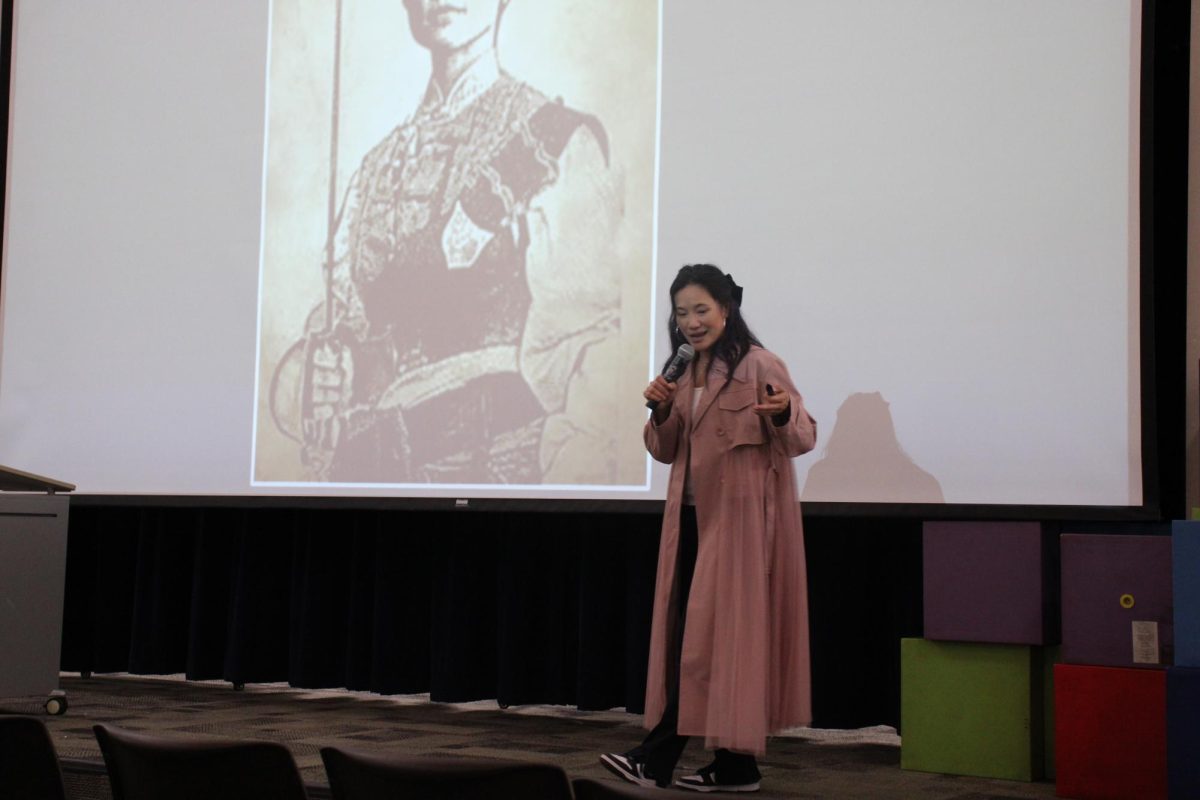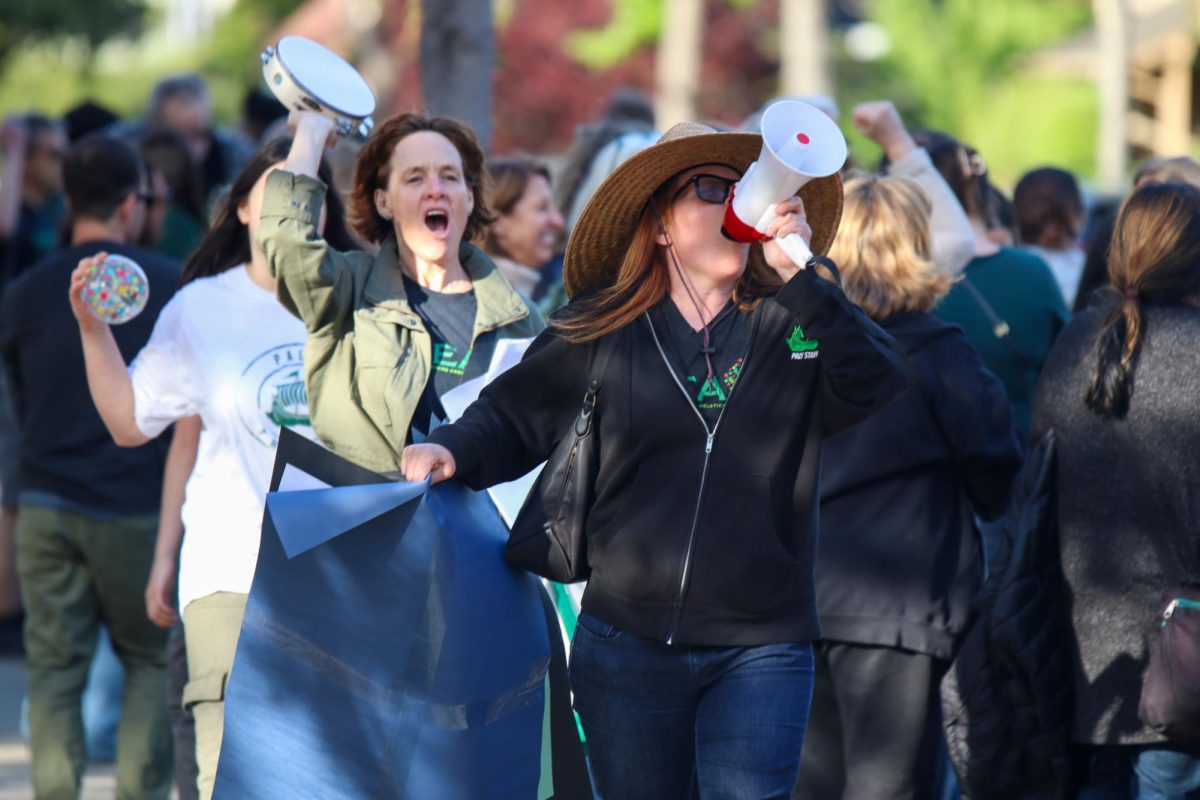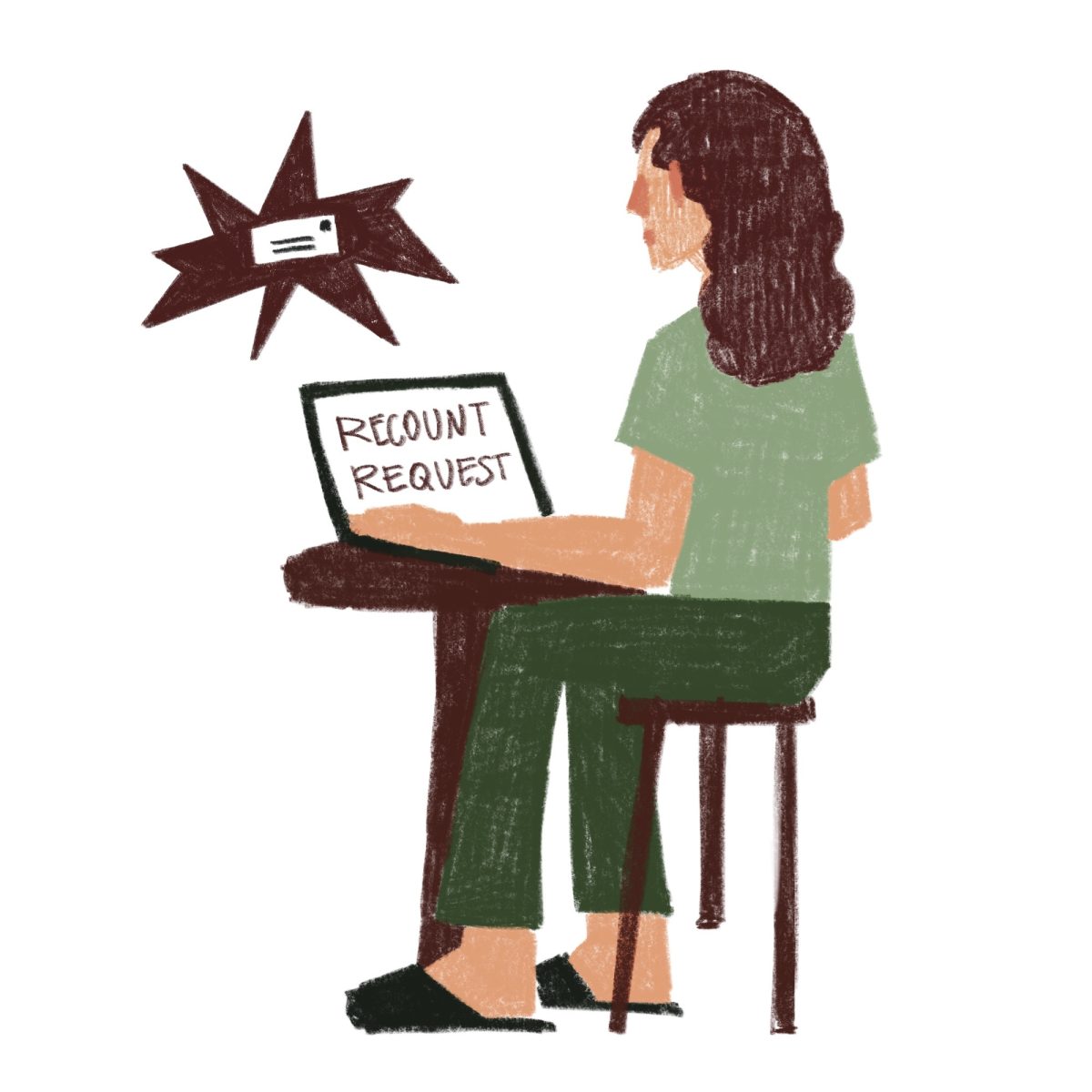To enable the rehabilitation of the historic Roth Building, City Council voted 6-1 to approve a Tenant Work Letter with the Palo Alto Museum on April 17.
After nearly 20 years of effort, Rich Green, President of the Board of Directors of the Palo Alto Museum, said the approval of the letter is the final required agreement before construction begins.
“The Tenant Work Letter is an attachment to the 40-year lease with the city and completes the documentation necessary for the Museum to start construction,” Green said. “The next step is to mobilize Vance Brown Builders which will finish the work described on the architectural plans by Garavaglia Architects in San Francisco. This is the inflection point we have been waiting for, and the Board is delighted and enthused that we can now proceed with our plans to create the Museum.”
Planning for two years of construction, Green said Palo Alto residents should expect a functional museum by 2025.
“Construction will start this July and take approximately 12 months,” Green said. “The Museum will occupy the rehabilitated building as an empty shell ready for the installation of exhibits mid-2024. We will be designing galleries and exhibits in parallel with the rehabilitation so we are ready soon after construction is completed. It will take about 12 months to install the initial exhibits.”
Senior Andy Robinson, who is a co-chair of the Teen Advisory Council for the Palo Alto Museum, said he is working with the community to develop several exhibits for the new museum.
“The Teen Council is a group of teens dedicated to raising awareness of local history in Palo Alto and also building up various exhibits that will eventually be in place in the museum,” Robinson said. “We’ve done a lot of work in the community (with) various projects that are not only encouraging others to get excited about history, but we are also making history ourselves in addition to sharing the history of others.”
Robinson said the Teen Council’s dedication to documenting the history of Palo Alto will allow residents to engage meaningfully with their community, whether or not they have historical ties to the city.
“Even though there’s a lot of community infrastructure in Palo Alto, there aren’t necessarily a lot of connections (between people),” Robinson said. “What we’re doing with the Teen Council hopefully provides some sort of deeper connection to Palo Alto as a community that stretches back generations, regardless of how long you’ve lived here.”
Similarly, Green said the significance of a history museum in a renowned location like Palo Alto is momentous in that it will connect residents with the history of their city.
“When I moved to Palo Alto in 1991, there was no history museum to help me understand where I was,” Green said. “For years, I did not know just how special and influential this place is. We’re fixing that missing link by creating a resource to nurture profound civic pride. In many ways, Palo Alto has created the modern world and this museum will tell those stories with interactive exhibits surrounding wonderful artifacts.”






